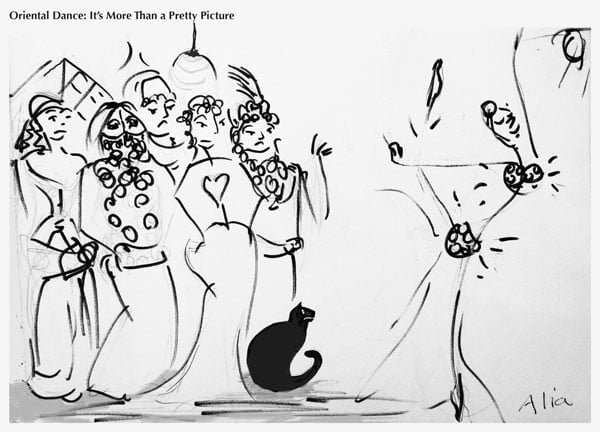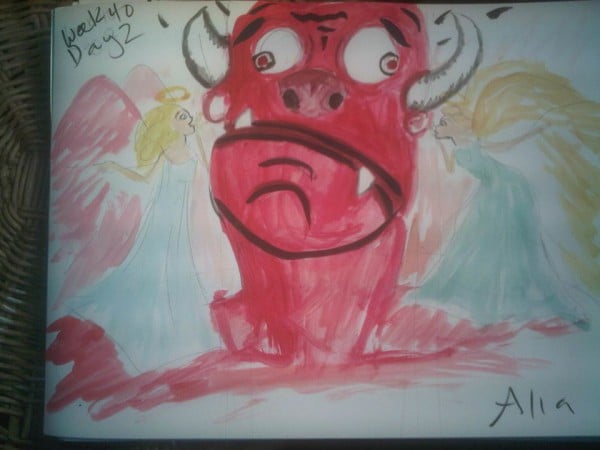What is Belly Dance? Part IV
It’s pretty clear by now that belly dance is much more than a sparkly little toy. It’s much more than a sexy treat for the male gaze, a fun way of getting exercise, or a dress-up opportunity. It is more than entertainment. It is more than art. We can use it that way, and it will work just fine, but we are playing marbles with giant pearls.
Belly dance is a glorious marriage of the sacred and the profane—beautiful, sensual, healing, and integrative. It aligns the body and mind, washes away stress and trauma, frees us from fear and anxiety, and connects us to the Divine. How many other venues have all that?
There are plenty of practices that do most of it—tai-chi, yoga, Zen archery, even sitting meditation. But none of them include those sensual, beautiful, entertaining, profane qualities. There are no spangles, playfulness, or music. No sensuality. No fun.
Belly dance has all that and more.
Belly dance has been seen asa pastime, entertainment, even art—but always as a generally innocuous occupation with little meaning outside of itself. Many of us have a mission to “elevate the dance,” which often means to make it more Western—put it on bigger stages, with bigger audiences.
What if there were a way to elevate the dance that kept its cultural values? Without them, this dance is dead. It’s an empty movement vocabulary. It becomes like Cheez Wiz or Cool Whip—an artificial, processed, non-food masquerading as real food. We don’t need more plastic crap in our lives.
We need real things that connect us to our true selves. We need avenues to our souls, ways to accept and nurture ourselves, be kind to ourselves, love ourselves. Through accepting and affirming the self, we find the courage and the kindness to love others.
Little by little, this love radiates outward, touching others, healing as it goes. It extends outward, all over the world, finally returning back to us, energizing us and everyone it meets.
Am I saying belly dance has the potential for world peace?
Yes. Yes, I am.
Instead of using this dance to glorify ourselves, we can spread love, healing, kindness, spirit, joy.
We heal the world, one undulation at a time.
An excerpt from the upcoming book, Midnight at the Crossroads: Has belly dance sold its soul?

